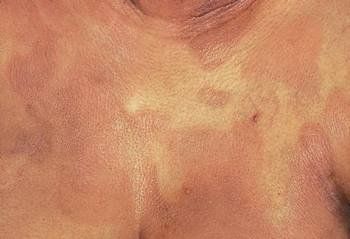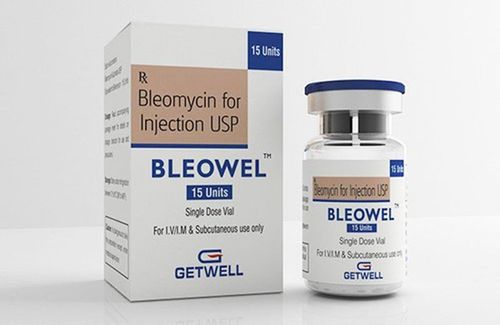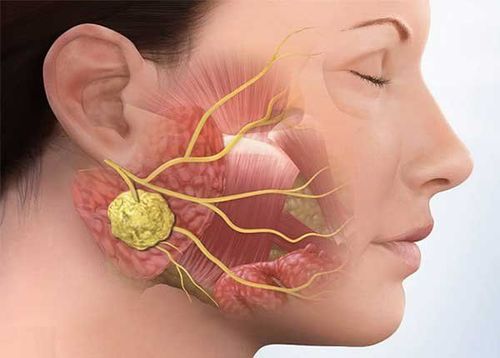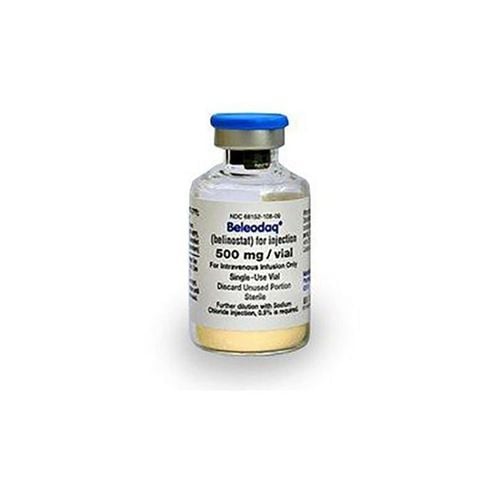This is an automatically translated article.
Mycosis fungoides is a rare type of T-cell lymphoma that primarily affects the skin but can also involve the intestines. The disease begins with intense itching, a pre-fungal rash, and is difficult to diagnose. If the patient is not treated, it can lead to liver, spleen and lung damage.1. What is mycosis fungoides?
Mycosis fungoides is a rare form of T-cell lymphoma, which is rarer than Hodgkin's lymphoma and non-Hodgkin's lymphoma. Unlike other forms of lymphoma, the disease has an insidious onset and manifests only as a chronic itchy rash leading to skin lesions. Therefore, mycosis fungoides is often difficult to diagnose.The early stages of the disease start with severe itching and a pre-fungal rash. Then appeared polychromatic infiltrates with many clear plates. In the early stages, there are soft fungal tumors, the bottom of the tumor is often or small, dark red, can ulcerate on its own or disappear spontaneously. In the late stage, there will be systemic lymph node damage, leading to damage to spleen, liver and lungs. At this time, the patient shows symptoms such as fever, night sweats and weight loss.

U sùi thể nấm gây ra nhiều đau đớn khó chịu cho người bệnh
2. Method of diagnosing mycosis fungoides
Methods to diagnose mycosis fungoides include:
Skin biopsy: is a definitive diagnostic method in skin disorders, especially skin cancer. A skin biopsy is a simple procedure, performed by taking a piece of skin about 2-5mm in size for histopathological examination. Bone marrow biopsy: assess infiltrative lesions of the disease into lymph nodes, blood vessels,... CT scan of chest, abdomen and pelvis: assessment of disease stage. Diagnosis is based on skin biopsy results. However, in the early stages, the histopathology may not be obvious due to the few lymphocytes. Malignant cells are mature T lymphocytes such as T4+, T11+, T12+,... Image of a specific Pautrier abscess appearing in the epidermis. In some cases there is an episode of leukemia known as Sezary syndrome, which is characterized by the appearance of malignant T-lymphocytes with zigzag nuclei in the peripheral blood vessels.
Once diagnosed with mycosis fungoides, it is necessary to evaluate the stage of the disease based on the results of CT scans of the chest, abdomen and pelvis. Besides, bone marrow biopsy method to evaluate infiltrative lesions in blood and lymph nodes. If organ damage is suspected, the doctor may order a PET scan.
3. Methods of treating mycosis fungoides
There are many methods to treat mycosis fungoides such as radiation therapy, local or systemic chemotherapy, phototherapy or topical corticosteroids,...
Corticosteroids: Skin lesions can also be treated. by infrared rays and topical corticosteroids. Radiotherapy: Electron radiation therapy with most of the energy absorbed at a depth of 5-10mm and topical nitrogen has been shown to be highly effective during treatment. Chemotherapy: For systemic treatment, systemic chemotherapy will be applied, with alkylating chemicals and folic acid antacids. However, this method is often indicated when other therapies are not effective, the disease recurs or the patient has skin disease, extranodal disease. Chemotherapy: This method increases the sensitivity but has a low therapeutic effect.

Xạ trị là một phương pháp điều trị u sùi thể nấm
4. Can mycosis fungoides be cured?
Mycosis fungoides cannot be completely cured, but can only maintain the patient's life time. At diagnosis, most patients >50 years of age are expected to have a median survival of 7-10 years without treatment. However, survival rates depend on the stage of the disease at diagnosis.
Patients treated in stage IA have the same life expectancy as those without the disease. Patients who are treated when the disease is stage IIB live about 3 years. Patients treated in stage III live an average of 4-6 years. Patients treated with stage IVA or IVB only survived for less than 1.5 years. In summary, mycosis fungoides is a rare form of T-cell lymphoma that primarily causes skin lesions and the onset of severe pruritus, a pre-infectious rash, and is difficult to diagnose. If diagnosed at an early stage, the patient's life expectancy is up to 7-10 years. Therefore, when there is a suspicion of symptoms of the disease such as the appearance of skin lesions, severe itching, etc., it is necessary to immediately go to a medical facility for timely examination and treatment.
Currently, Vinmec International General Hospital has been and continues to be fully equipped with modern diagnostic facilities such as: PET/CT, SPECT/CT, MRI... biology, immunohistochemistry, genetic testing, molecular biology testing, biopsy testing as well as a full range of targeted drugs, the most advanced immunotherapy drugs in cancer treatment. Multimodal cancer treatment from surgery, radiation therapy, chemotherapy, hematopoietic stem cell transplantation, targeted therapy, immunotherapy in cancer treatment, new treatments such as autoimmunotherapy body, heat therapy...
After having an accurate diagnosis of the disease and stage, the patient will be consulted to choose the most appropriate and effective treatment methods. The treatment process is always closely coordinated with many specialties to bring the highest efficiency and comfort to the patient. After undergoing the treatment phase, the patient will also be monitored and re-examined to determine whether the cancer treatment is effective or not.
Especially, now to improve service quality, Vinmec also deploys many cancer screening packages that can help customers detect cancer early before there are no symptoms, bringing a better prognosis. treatment and a high chance of recovery. Therefore, when there are signs of mycosis fungoides, patients can go to Vinmec International General Hospital for examination and treatment.
Please dial HOTLINE for more information or register for an appointment HERE. Download MyVinmec app to make appointments faster and to manage your bookings easily.













